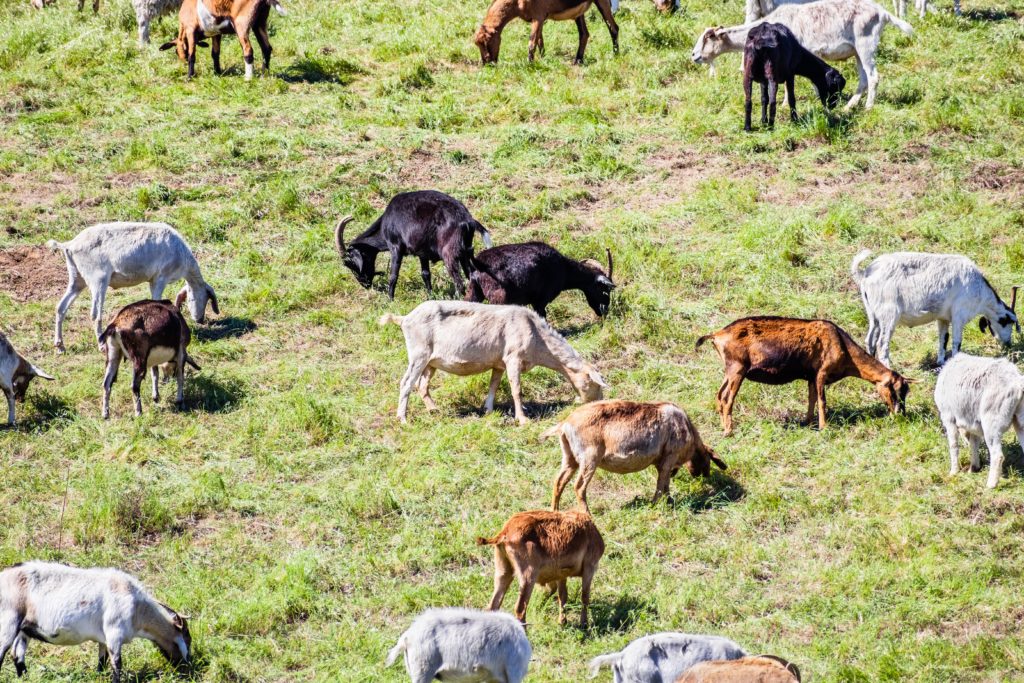
Prepare for a Longer, Drier Fire Season
CALIFORNIANS experienced a wildfire season of wildly heightened fire risks and cost increases in 2021-2022 as residents prepare for a longer, drier season. An alarming development is that the 2020 fire season significantly reduced fiscal resources for the coming fire season.
Fire hazard zones throughout San Diego County are increasing in severity amid costs that have more than doubled since 2005. Fire insurance companies now mandate mitigation of risk if property owners want to hang onto their fire coverage.
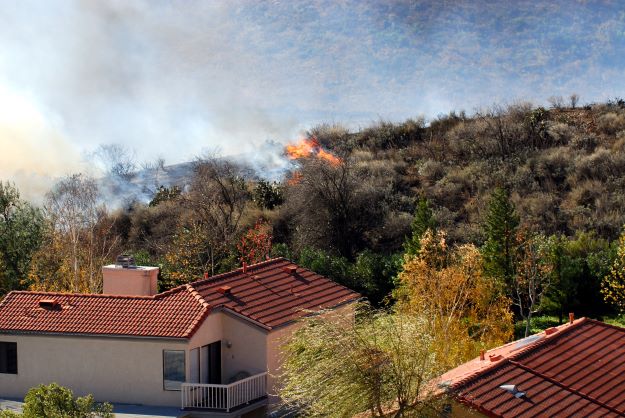
Industry insurance specialist Brigitte Tabor expects Californians will see significant fire risk and cost increases, indicating, “With this wildfire season, we have seen carriers increase premiums from 15% up to 500% but, on average, we recommend that boards budget for a 25% increase. Obviously, areas like Alpine, Fallbrook, and parts of Escondido have greater exposure, so their rates could exceed 25%.”
California posted its driest rain year since 1895 according to the National Centers for Environmental Information. Drought-stricken conditions in California are fueling the likelihood of large, deadly, and costly wildfires.
Incidents and Spread Are Too Close for Comfort
The Cal Fire Incidents map depicts both active and inactive fire incidents throughout the state. The Dixie Fire in northern California has burned 960,335 acres — over 1,500 square miles, since July 13 and is now 75 percent contained. Dixie acreage burned is second only to the August Complex fire that burned over 1 million acres in 2020.
At 700,000 acres burned, the Dixie fire may surpass the August Complex Fire in size by September 30, when officials estimate it will be contained.
An unexpected finding from a German reinsurance report shows that California’s Camp fire in 2018 was the costliest global disaster in the world:
“The Camp fire in Northern California was the costliest single natural disaster in the world for insurers last year, resulting in $12.5 billion in covered losses, and was the most destructive wildfire ever, according to a new report by a German reinsurance firm. The Camp fire resulted in a record $16.5 billion in total losses, according to the firm, Munich RE.“
Munich RE, Droughts and heatwaves: Gradual but catastrophic
To understand the difference between a fire hazard and a fire risk, FEMA has a simple formula: Fire Hazard + Mitigations = Fire Risk, which is measured by several factors.
“Risk depends upon the planning area, the severity of a hazard, the impact of a hazard, and the probability of the hazard occurring.”
FEMA, Risk Assessment Terminology
Western states’ drought-stricken cost to the U.S. was $4.5 billion dollars in 2020. California homeowners are feeling the pinch. Fire risk and continued drought in the driest season ever are making it difficult for homeowners here to obtain fire insurance coverage. Those who are fortunate enough to obtain insurance must prove they have mitigated the risk of wildfires around their homes or communities. Brush management, tree trimming, fire-free house proximity zones, and other mitigations are now coverage mandates.
The Ready San Diego Wildfire Hazard Map identifies fire hazard zones by designated location.

Prevent and reduce fire risk inside your home.
Homeowners that manage fire risks can mitigate the most commonly occurring causes of fires inside homes:
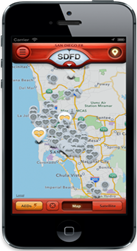
- Install fire sprinklers in your home.
- Keep a working fire extinguisher handy.
- Test your smoke and carbon monoxide alarms regularly.
- Ensure leaf debris is regularly removed from gutters.
- Don’t leave cooking food unattended.Inspect your heating sources and maintain three feet of cleared space around them.
- Regularly replace air filters and clean the dryer lint trap after each laundry load.
- Replace frayed or chewed electrical cords and don’t run cords under rugs or between walls and furniture.
- Store flammable products properly.
- Be attentive when using candles, or consider switching to battery operated candles.
- Check that your chimney flue is clear and in top working condition.
- Don’t leave a fire in your fireplace unattended, and properly dispose of fireplace ashes.
Multi-story structures have greater fire risk. Their unique vertical construction naturally puts people at more risk of danger from fire. There are currently more than 200 high-rise buildings in the City of San Diego. All are required to have a yearly fire inspection, which is performed by the Community Risk Reduction Division.
The High Rise Program applies to tall buildings measuring more than 75 feet from the lowest level of fire department vehicle access to the floor level of the highest occupied floor. Building construction and fire protection requirements are therefore more stringent than for many other types of buildings.
In addition to preventive measures, the Fire Department has a mobile app for homeowners. The Pulse Point App alerts you to fires near your designated location. You can set notifications to receive alerts from any fire department you choose.
Prevent and reduce fire risk outside.
Californians who face heightened fire risks and cost increases have several resources available to them to identify, monitor, and prepare for fire risks.
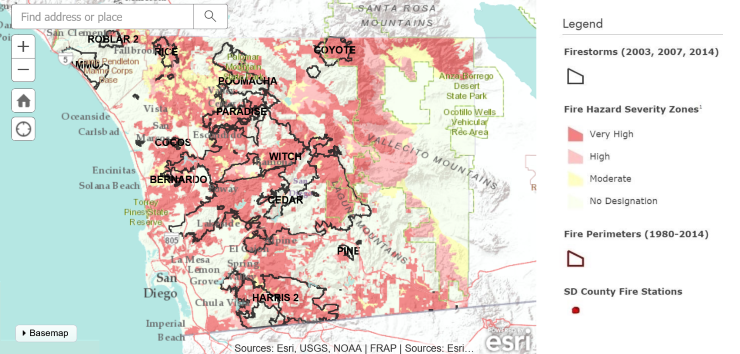
The City of San Diego fire severity map identifies very high severity zones, and provides comprehensive guidance, services, and resources for homeowners to manage fire risks during fire season. Detailed guidance helps communities mitigate the costs and risks of wildfire spread.
A helpful starting point to reference during 2021’s wildfire season is San Diego’s Brush Management Program. The program was implemented to reduce fire hazards around structures. Fire-free zones provide an effective fire break between all structures and contiguous areas of naturalized vegetation.
The City’s brush management policy identifies brush and vegetation risks, management zones, and detailed guidance for risk mitigation. The policy also clarifies responsibility for easement and zone maintenance.
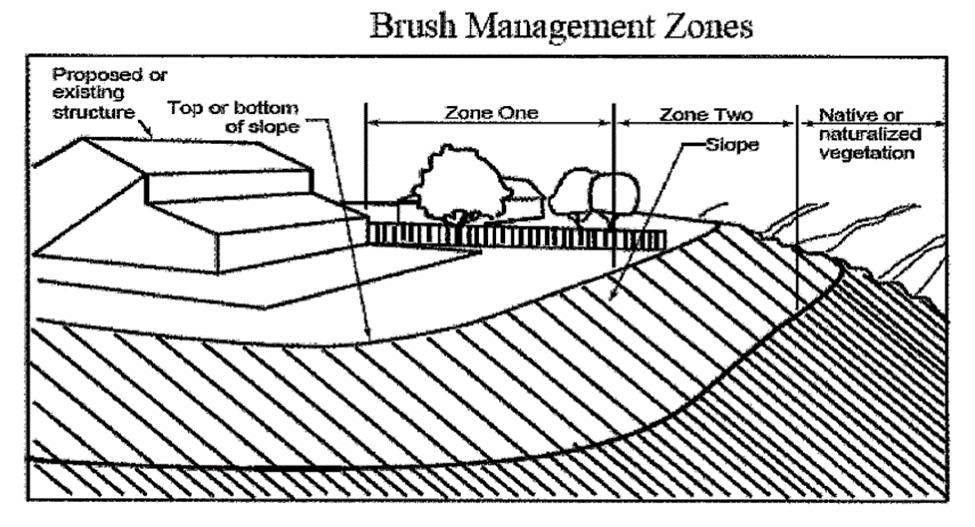
A home’s “ignition zone” encompasses the house itself and everything up to 100 to 200 feet around it. Radiant heat from a wildfire can ignite a house from up to 100 feet away. Combustibles such as wood stacks or project materials can spread a fire to the house. California homeowners can pretty easily reduce insurance costs and manage fire risks spreading to their home.
Fire hazard exterior structure mitigations include:
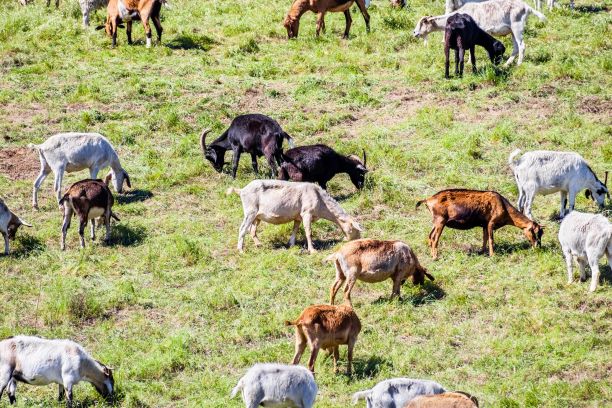
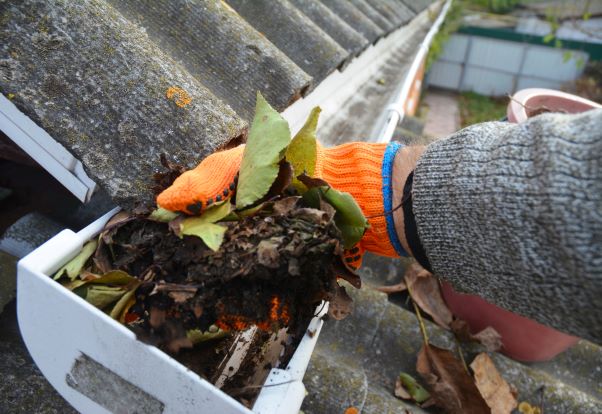
- Regularly remove debris from rain gutters.
- Replace your roof with nonflammable materials such as asphalt shingles, metal, slate, or tile; replace missing shingles or tiles, and caulk any cracks.
- Cover any exterior vent openings with ⅛-inch hardware cloth.
- Annually inspect the chimney spark arrestor to prevent escaped embers from igniting your roof or ground debris.
- Never leave an active grill unattended. Move your grill away from siding, decking, and any combustibles that can catch fire.
- Exercise attentive care when using fire pits, and ensure fires are fully extinguished after use.
- Screen or box-in areas below patios and decks with wire mesh to prevent access to debris and combustible materials.
- Store propane tanks and firewood stacks at least 30 feet away from the house and outbuildings. Use stone or metal or rubber mulch instead of bark in flower beds that adjoin the house.
- Remove ground debris such as dead leaves and twigs, especially under trees.
- Plant trees and trim tree canopies to within prescribed distance guidelines.
- Plant fire-resistant plants such as agave, aloe, and other succulents.
- Remove vegetation, such as vines from your home’s exterior.
- Cut back vegetation to within 30 feet of buildings and keep vegetation to a minimum.
- Keep a minimum five feet of clear, fire-free area around the perimeter of structures.
An exterior property inspection is an important first step for HOA Boards and homeowners to manage fire risks during a dry fire season. Reducing potential risk protects residents and the community property, and may even qualify the association for insurance premium discounts. The Firewise USA® program, part of the National Fire Protection Association, offers leading information, knowledge, and resources about fire. The problem is that even if you do everything right, a single oversight can expose your property to fire risk. The Firewise program provides communities with comprehensive guidance in covering all the bases to maximize fire protection.
Evacuating Ahead of a Wildfire
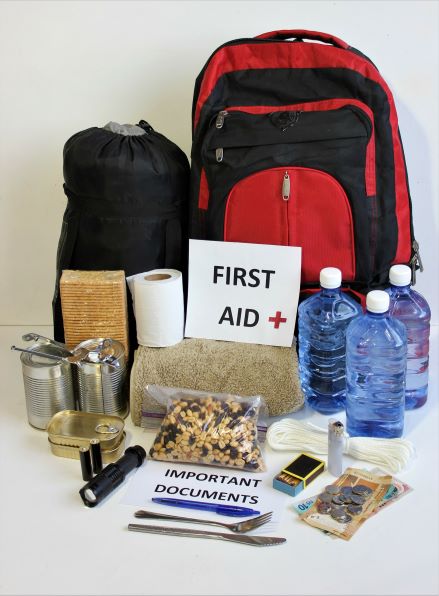
A lot of published guidance prepares families and homes for evacuation. Of these, there are two pre-evacuation actions that bear noting.
First, it’s extremely important to pre-pack a go-bag for each family member, as well as for any pets. Pack enough supplies to last your family for at least 72 hours:
- food
- water
- a change of clothing
- medications
- extra cash
- copies of important documents
- cell phones and chargers
Second, ensure your vehicle always has about a half tank of gas. Emergencies never occur when it’s convenient. Having enough fuel can be a critical safety and survival factor, particularly if you live in a semi-remote area.
Don’t get stuck in an evacuation line or have to rush a loved one or pet to the Emergency Room, without having enough gas to get where you need to go. Running out of fuel while evacuating a fire endangers your vehicle’s occupants and those in line behind you.
Californians Can Expect Fire Risks and Cost Increases to Continue
Climate experts predict California’s drought-stricken condition will continue. Reduced budgets for fire prevention and fighting efforts will continue into at least 2022. It’s more important than ever that associations and homeowners mitigate the risk of wildfire spreading to their communities and homes.
Community associations can contact their HOA’s manager for assistance in planning and implementing mitigation options. Promote community awareness about preventing the risk of fire inside units, and what to do in the event of fire.
Sources and References for Further Reading:
Cal Matters: Can ‘fire hardening’ solve California’s home insurance crisis? Dec. 2020; https://calmatters.org/environment/california-wildfires/2020/12/homeowners-insurers-fire-science/
Fighting Wildfires With Fire https://www.theguardian.com/us-news/2019/sep/03/wildfires-drones-controlled-prescribed-burns
ClimateCentral.org; We’re Not Doing Enough Prescribed Fire in the Western United States to Mitigate Wildfire Risk. https://assets.climatecentral.org/pdfs/2019Wildfires_kolden_prescribed_fire_trends_embargoed.pdf
City of San Diego FPB POLICY B-08-1 CLARIFICATION OF BRUSH MANAGEMENT REGULATIONS AND LANDSCAPE STANDARDS https://www.sandiego.gov/sites/default/files/legacy/fire/pdf/brushpolicy.pdf
City of San Diego FPB POLICY B-18-01 MITIGATION FOR REDUCED BRUSH MANAGEMENT ZONES https://www.sandiego.gov/sites/default/files/f-18-1.policy_0.pdf
City of San Diego FAQs for Wildland Management and Enforcement/Brush Management and Weed Abatement https://www.sandiego.gov/fire/services/brush/faqs
City of San Diego Fire Safety Tips https://www.sandiego.gov/fire/safety/tips
City of San Diego Insurance Services Office (ISO) Rating Information https://www.sandiego.gov/fire/services/frequently-asked-questions
California Wildfire Activity Map https://ucanr.edu/sites/fire/Safety/Current/
University of California Extension; Fire Prevention https://ucanr.edu/sites/fire/Prepare/Landscaping/
Top 20 Most Destructive Wildfires in California https://www.fire.ca.gov/media/t1rdhizr/top20_destruction.pdf
FEMA https://www.usfa.fema.gov/data/statistics/
Community Associations Institute (CAI) Preparing for Wildfires. https://www.caionline.org/HomeownerLeaders/DisasterResources/Pages/WildfirePrep.aspx
National Fire Protection Association (NFPA) https://www.nfpa.org/Public-Education
Insurance Information Institute https://www.iii.org/article/wildfires-insurance-and-recovery-resources and https://www.iii.org/article/facts-about-wildfires
